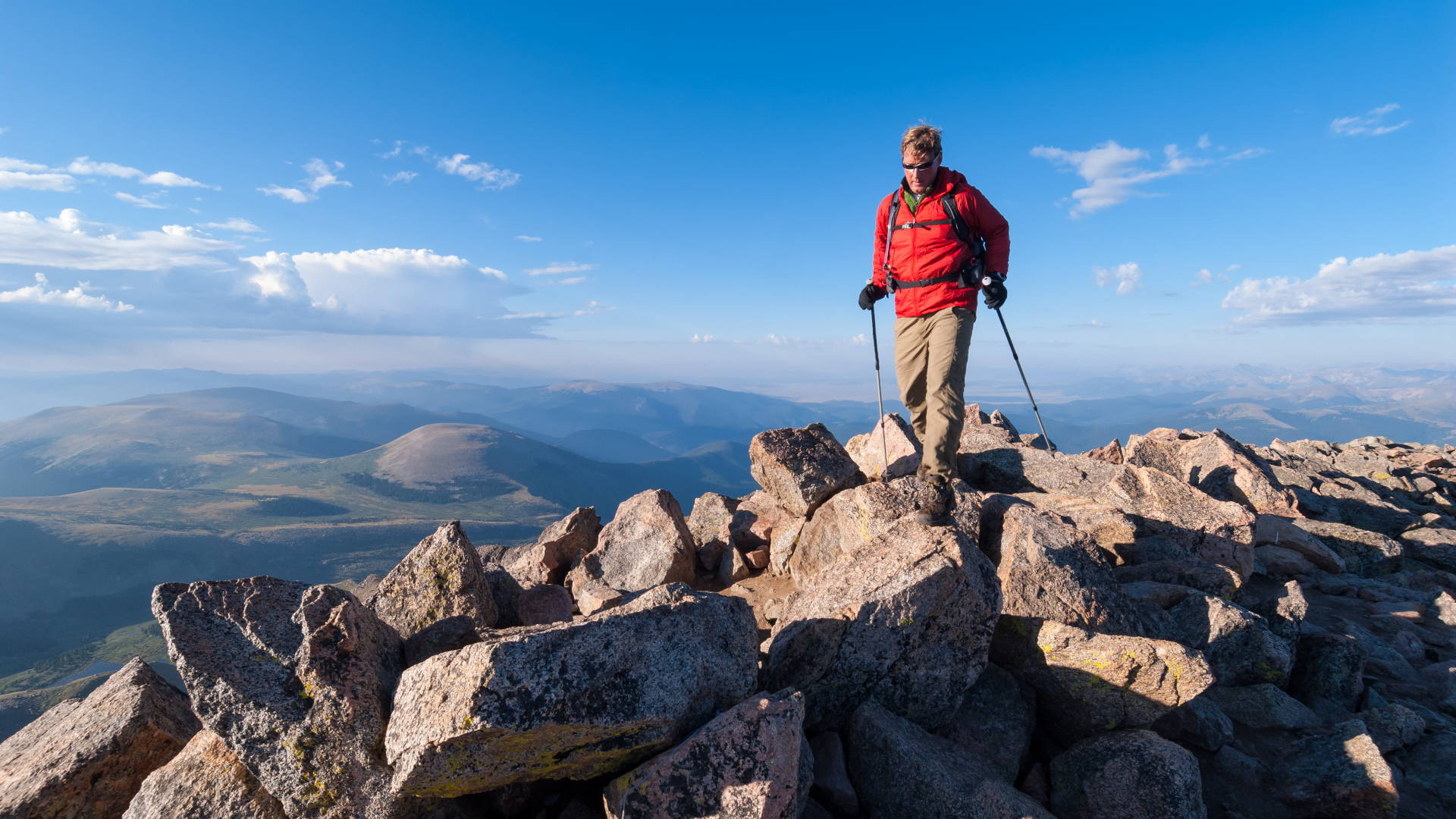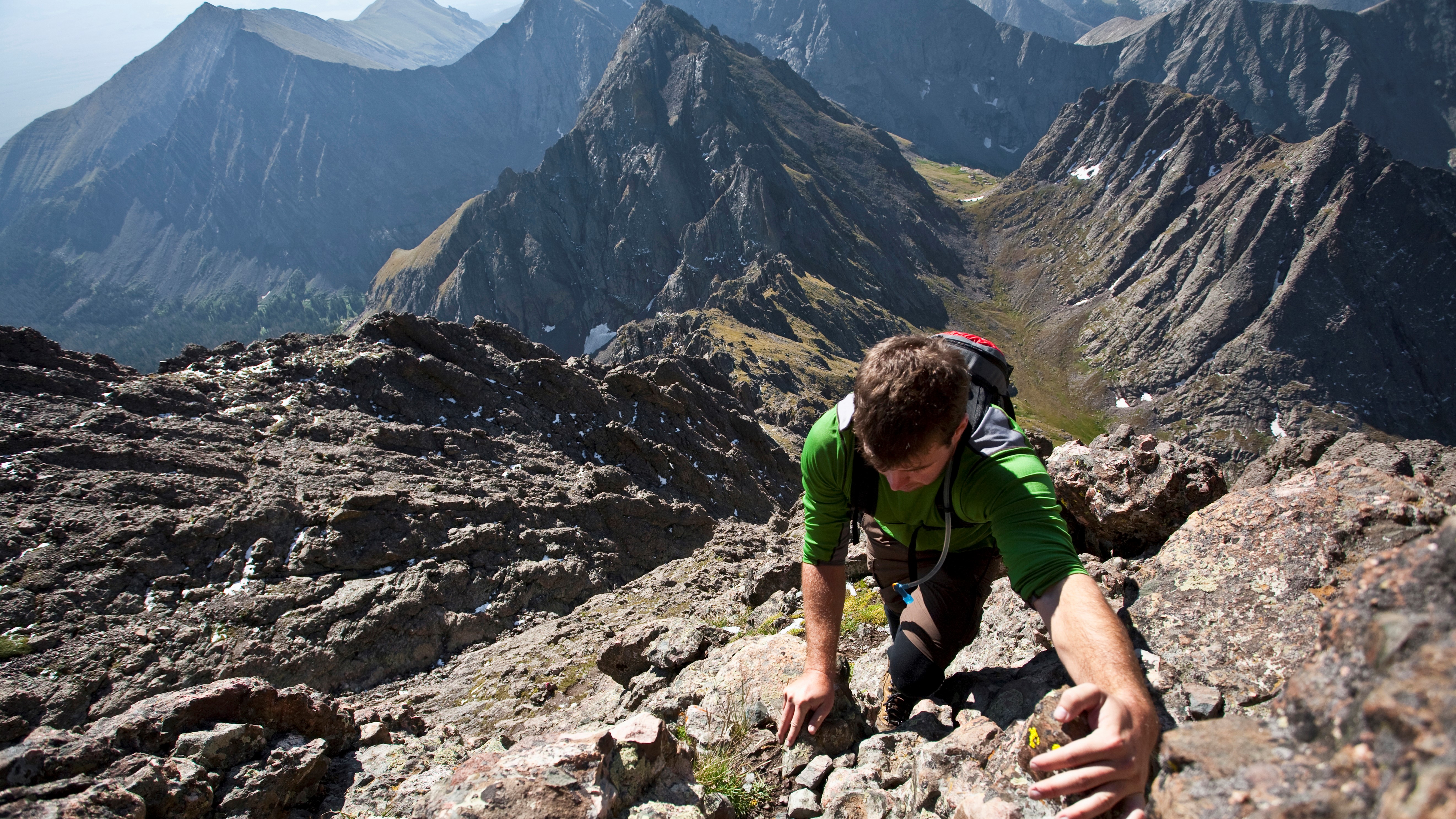
Hiking is having a moment, and in an age where annual sales of hiking boots are reaching billions of dollars per year, it's unusual for popular trails to see a decline in visitorship, but that's exactly what's happened among Colorado's highest peaks.
According to a new report from the Colorado Fourteeners Initiative, foot traffic on the state's 14ers – mountains over 14,000 feet high – fell to the lowest level in nearly a decade in 2023. The report finds that last year saw just 260,000 hiker use days across the state's 54 highest peaks, which equals the initial estimate from 2015, the CFI's first year of reporting. This represents a 6.8 percent decline from 2022’s estimate, and reflects a broader trend of decreased hiking activity since the peak in 2020 according to the report.
"Hiking Colorado’s 14ers last year was like stepping into a time machine and coming out in 2015,” says Lloyd F. Athearn, executive director of CFI.
“After six seasons of increasing use, it has been all downhill since 2020."
The decline probably doesn't signal an overall decreasing desire to bag these peaks, which range from moderate day hikes to technical climbs. Rather, the CFI states that the drop is largely down to access issues on a single trail.
"One of the primary factors contributing to this decline was the closure of the popular Decalibron Loop near Alma for much of the season due to private landowner liability concerns," states the CFI.
The so-called Decalibron Loop is a quartet of 14ers that comprises Mount Lincoln, Mount Democrat, Mount Bross and Mount Cameron and can be accessed from a single trailhead near the small town of Alma. However, the loop falls on private land, and landowners first halted access back in 2021, citing liability issues. This has reportedly resulted in a 55 percent drop in hiker visits to the Mosquito Range.

However, the report also finds that hiking use decreased in the San Juan Range and the usually popular Front Range, which is closest to the Denver metro area. Additionally, the report cites a slowing of Colorado's population growth from 14.8 percent between 2010 and 2020 to just 1.8 percent between 2020 and 2023.
It wasn't all quiet on the Western Front however – Mount Bierstadt and Quandary Peak remained the two most popular 14ers last year, each with use estimated in the 25,000-30,000 hiker days range, and hiking use increased in the Tenmile, Sangre de Cristo and Elk Mountain ranges.
Though hikers generally rejoice at any news of trails growing quieter, the report states that the statewide economic impact of drop may be as much as $70.5 million. CFI uses the term “hiker use days” to represent one person hiking one peak on a given day. The data is collected using infrared trail counters, surveys and estimations.
Hiking and climbing 14ers means entering into high altitude zones where conditions can be treacherous and change quickly. It's therefore not recommended to attempt one without experience and proper equipment, particularly once the summer season is over. If you're hoping to climb your first 14er in the next year, make sure you read our article on how to stay alive when hiking a 14er and start with one of the state's easiest 14ers. You can also check out our guide to Colorado 13ers for quieter trails at high altitude.







